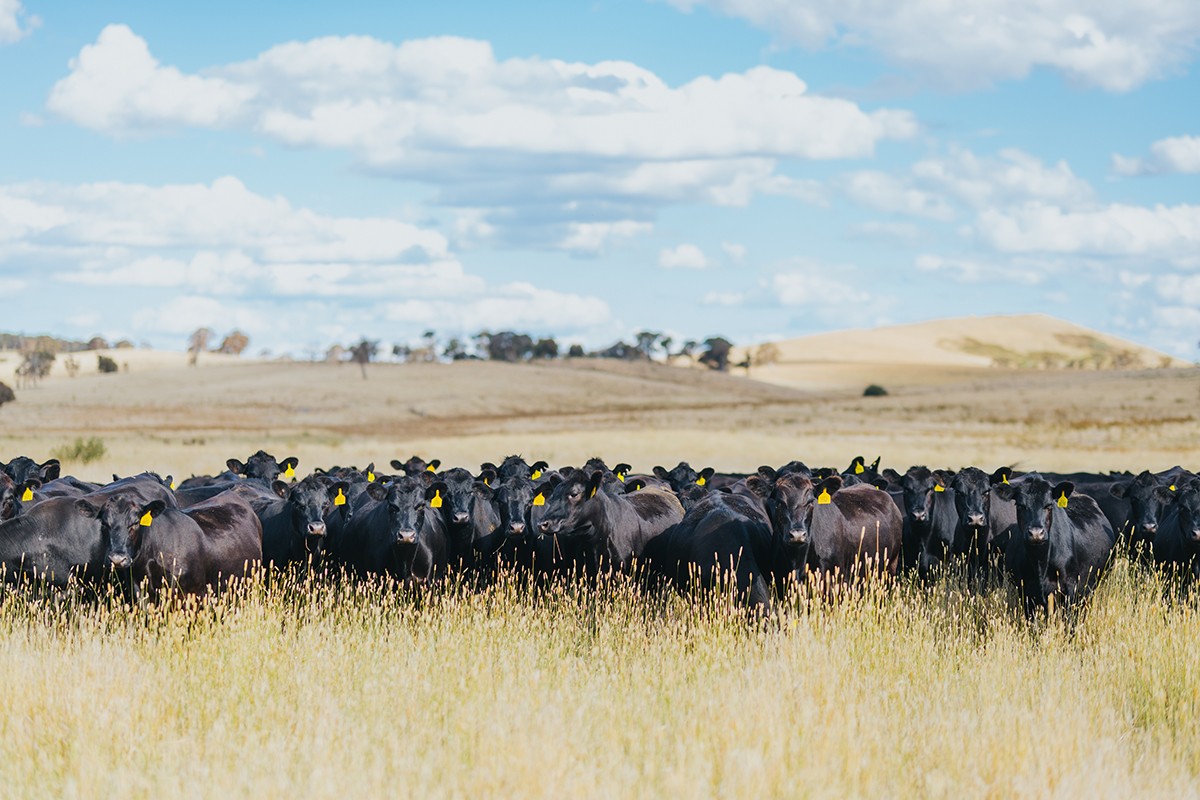Australian Cattle Industry: A Decade-High Herd Size and its Market Implications

The Australian cattle industry is witnessing a significant shift in 2023. As per the latest Cattle Industry Projections from Meat & Livestock Australia (MLA), the national cattle herd has reached a decade-high figure of 28.7 million head. This resurgence indicates a robust phase for the industry, with implications for producers, processors, and market dynamics.
Herd Growth and Regional Developments: The growth trajectory of the Australian cattle herd is set to bolster the supply of both young cattle and mature animals into the market until 2024. Notably, this growth marks the highest level since 2014, with southern Australia, particularly New South Wales, showing stocking rates significantly above long-term averages. Simultaneously, northern Australia is capitalising on a strong wet season to rebuild its herd.
Senior Market Information Analyst at MLA, Ripley Atkinson, highlights the ongoing female retention in northern Australia, a key factor in ensuring the region's herd rebuild. In contrast, the breeding herd in southern Australia is projected to exceed long-term averages in 2023.
The Influence of Improved Genetics: The investment in superior genetics over the past three years is a cornerstone of this growth. Producers have focused on cultivating a productive, fertile breeding herd. This strategy is expected to yield high supplies of young cattle, sustaining the upward trend into 2024.
Beef Production and Slaughter Forecasts: An upswing in beef production is anticipated in 2023, driven by enhanced processing capacity, higher slaughter volumes, and historically elevated carcass weights. The forecast for cattle slaughter in 2023 is pegged at 6.95 million head, marking a 5% increase from initial projections. This surge is attributed to the robust turnout of grassfed steers from Queensland's key production regions and an increase in the number of cast-for-age cows.
Market Dynamics: Processor adaptation to manage the burgeoning supply of slaughter weight stock is a trend likely to persist through the year. Atkinson observes that the cattle market in the first half of 2023 operated in a typical fashion, with higher turn-off of stock ahead of winter exerting a downward pressure on prices. However, the preceding three years, marked by drought recovery and COVID impacts, were exceptions, making the current trends a return to normalcy rather than an anomaly.
Price Projections: Industry analysts, collated by MLA, predict a stabilization in cattle prices, in contrast to the volatility seen in 2022. The Eastern Young Cattle Indicator (EYCI) is forecasted to settle at 546¢, slightly lower than the 10-year average. This potential price adjustment reflects the market's response to increased cattle and beef supply.
Conclusion: The remainder of 2023 is poised to witness sustained improvements in cattle and beef supply to the market. With increased slaughter rates and a robust national herd, the Australian cattle industry is navigating a period of significant transformation. For stock agents, processors, and producers, understanding these trends is crucial for strategic decision-making in a dynamic market landscape.

